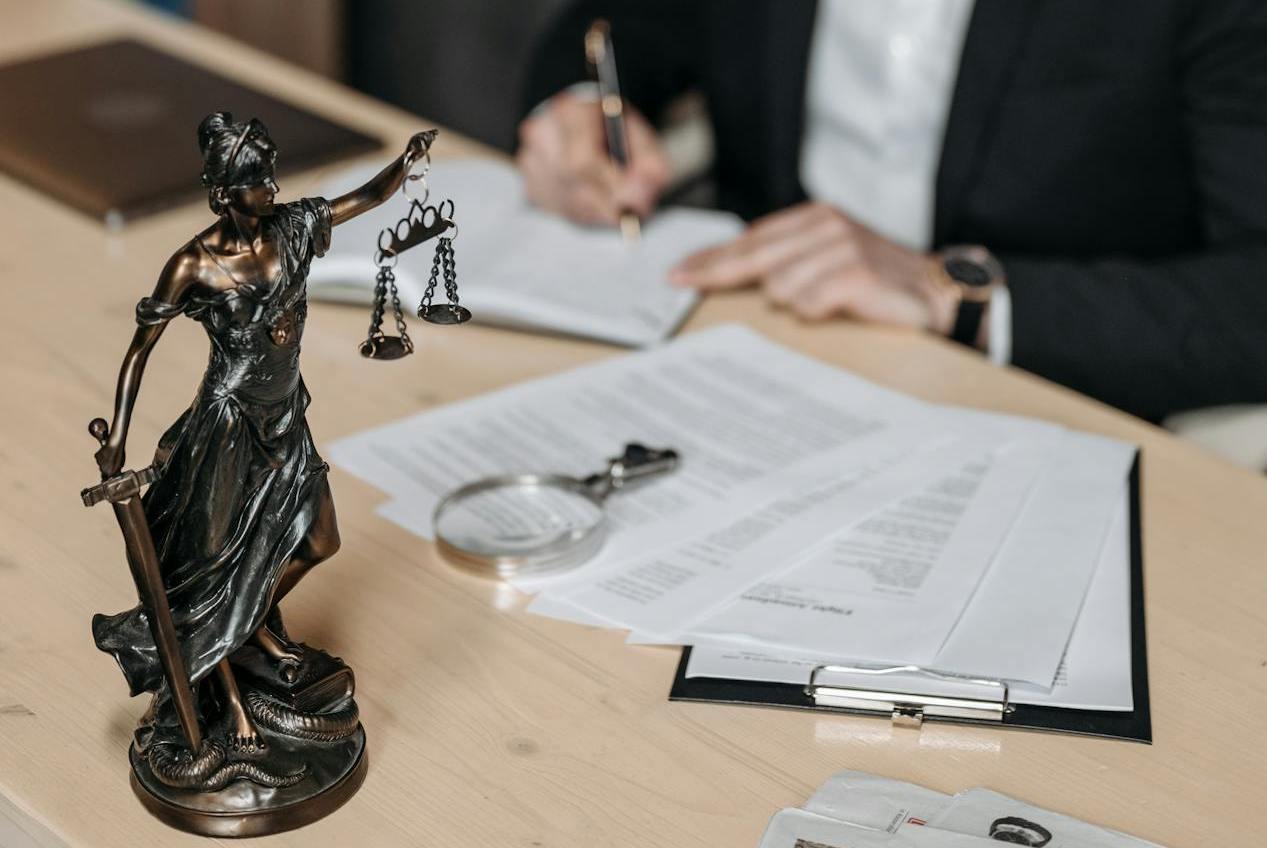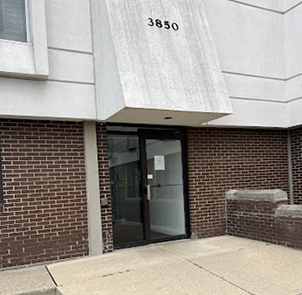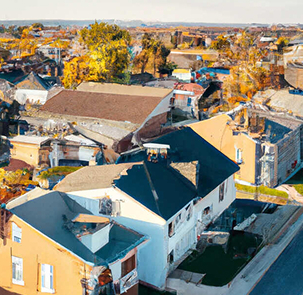What is the Process for Filing A Slip And Fall Lawsuit?

If you or someone you love has sustained an injury in a slip-and-fall accident, it can be overwhelming to seek justice. There are several steps you need to know to win your case and receive maximum compensation.
Hiring a skillful personal injury attorney is the number one tip for those facing a slip-and-fall lawsuit. They will walk you through the process and give you the confidence and knowledge necessary to win your case.
Step 1: Know the Rules
You need to know a few things before beginning the process of filing a lawsuit for personal injury. These are the general rules you should be aware of.
The first is the statute of limitations. You have three years to file and pursue your case in Michigan from the date of your accident. Usually, settling your slip-and-fall claim will be at most two years. Still, it’s important to consider challenges that may cause delays.
You must make it clear that you intend to sue and establish intent as soon as possible to avoid missing deadlines. For most cases in Michigan, you must declare your intent within 60 days of the accident. However, you have 120 days to announce legal action for cases involving public buildings or defective highways.
Additionally, you must prove fault to win a slip-and-fall or any other personal injury lawsuit. There is an expectation that businesses and public places should provide safe conditions for customers. The failure to do so is the basis for your lawsuit. To win your case, you must prove to the jury or the business owner that they are responsible for your injury.
Lastly, speaking to a lawyer about your case is best practice. You need practical guidance on what steps you should take to pursue your lawsuit correctly. Lawyers can also help decide on a settlement and collect evidence. You should not consider going it alone if you can help it.
Step 2: Act Before Leaving The Scene
Since winning your case depends on proof of negligence, it is important to collect proper evidence. This process should begin at the accident scene the day it happens.
Reporting
After your slip-and-fall accident, it’s important to report your fall. Speak to security, management, or someone else on the property. Doing so will create an account and allow them to confirm unsafe conditions. Avoid taking blame or deferring.
Moreover, you should ask for an accident report form. If you leave the incident site without proper reporting, your absence can become evidence against you. The defendant may say your claim is ‘made up,’ and you should prevent this at all costs. An attorney can walk you through the steps to documenting your experience.
Collect Evidence as Soon as Possible
If you are physically able, collect video or photo evidence of the conditions that caused your fall. What you should document may include excess ice and water or other hazards such as uneven carpeting or tile.
Be sure to note whether proper signs or guards are in place to compensate for these conditions. Alternatively, if you need medical help, you can return to the scene to collect evidence. Your health and safety should be your number one priority. Your attorney can always help you gather evidence from the site later if necessary.
Get Medically Evaluated
It’s also important to receive a medical evaluation, even if you feel fine. This evaluation is the first documented evidence you will present to make your case. Your symptoms may not show up for a few days after the incident. Keeping tabs on all further medical exams and issues that arise as a result can help add credibility to your claim.
Step 3: Work with Your Lawyer to Build a Case
Proper legal guidance during your slip-and-fall case will allow you to collect maximum damages and get the justice you deserve. The best way to do this is to have a lawyer you trust with experience in personal injury law. Once you have one, it’s time to find out what your case is worth and whether it’s viable and move toward filing.
During this period, you will likely receive an offer from insurance companies to cover part or all your medical costs and lost wages. Depending on what evidence you’ve gathered, the conditions around your case, and the skill of your attorney, you may be able to sue for more.
Next, you will draft a notice to prevent tampering with evidence. Having your lawyer send this out as soon as possible may be the key to getting the necessary evidence. Types of evidence protected by a notice to preserve evidence include:
- Incident Reports: The form you or a business fills out on the day of your incident.
- Statements: Eye witness testimonies, or testimonies from employees and management on duty during your incident.
- Security Footage: Footage of your fall or otherwise condemning footage captured by surveillance cameras.
- Maintenance and Inspection Records: Records of recent inspections and maintenance done on the business that can prove negligence.
- Employment Records: Records of who was working on the premises during your slip and fall. This information may lead to a testimony that you might submit as evidence.
You may not use all this evidence in filing your case. Still, you should protect it in the event you and your attorney need it later in your trial.
Step 4: Have Your Attorney File Your Case
Once you have significant evidence, there is no time to waste in filing. Have your attorney draft the papers for the applicable circuit for where your accident took place. Remember that your attorney will have insight into the best forum to present your case. It’s best to follow their recommendation when possible.
Once you’ve filed, you will need to submit an outline of the charges you are suing for and what you hope to recover in damages. This outline will describe your version of events with applicable evidence. The accused will have 20 days to submit their counter, initiating the second filing phase.
Discovery Phase
During this period, you and your attorney will work to gather evidence against the defendant. Collecting existing evidence, conducting interviews, or pulling records that you protected can take a few weeks.
Your attorney will also potentially request admissions or depositions during this time. This will allow your attorney to understand how your opponent will try to present themselves in court.
Note that you have the option to settle outside of court by reaching an agreement with the defendant. Though this is a viable choice, in some circumstances, you should still go to court to collect maximum damages. If you decide to go this route, the court will issue a summons, requiring both parties to appear for trial.
Step 5: Take Your Case To Court
This step functionally happens after filing. Yet, it is still an important step to consider taking when you or someone you love is the victim of a slip-and-fall accident.
From this guide, you should have all the evidence you need to prove fault within your case. More importantly, you will also understand the importance of having an experienced lawyer to help you get the justice you deserve.
Are you struggling with choosing a lawyer or simply need advice on pursuing your case? Residents of Detroit, Michigan, can reach out to Mike Morse LLC. They have 25+ years of experience and have collected over $1 billion in damages for their clients across the state. Their expertise and passion for personal injury will give your case a fighting chance.








